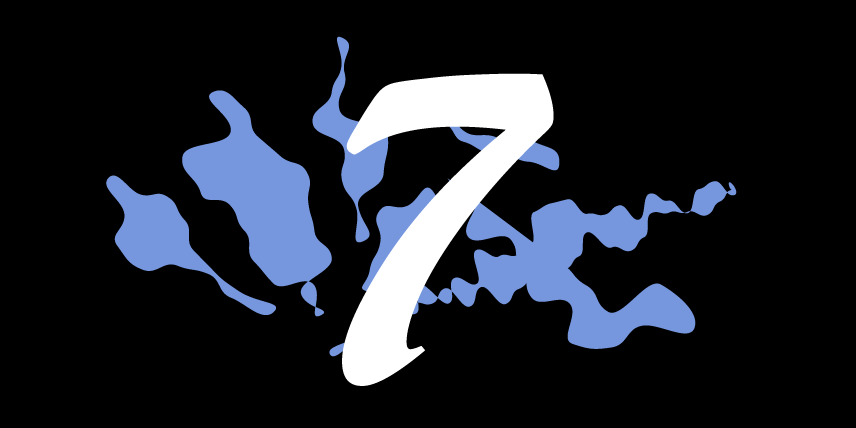blog
blog
How to Choose a Bow in Ancient China
One of the nice things about this Seven Worthies project is that once you start looking for lists, you start to see them everywhere. Chinese culture just seems to be incredibly rich with people trying to enumerate things. The problem is falling into rabbit holes which turn out to be deeper than expected. My latest list is Shen Kuo’s ‘Six Advantages of a Bow’, which I came across while trawling Joseph Needham’s magisterial Science and Civilisation in China in search of information about chariots for another forthcoming list. He introduces this list almost as something which presents the relative advantages of the good old bow and arrow (perhaps against swords or more heavier weaponry). On a closer look at the list, though, that is a misleading translation: the point is not that the bow and arrow is superior to other weaponry (not least because that would make nonsense of one of the items that the “sound of the bowstring is clear and sharp”); it is more like a list of the qualities or hallmarks of a good quality bow . In other words, an influencer buyer’s guide circa 1000 CE.
In trying to work out the different elements of this list, I came across a very interesting essay written by one Yi Degang who is in the enviable position of being both an academic and an expert traditional bow-maker. In other words, an excellent guide to what these six qualities might be. Being academia, there are of course controversies along the way and Yi is not above taking a few pot-shots at stuffy academics who wouldn’t know their arse from their armguard (I paraphrase).
There is clearly an incredibly rich and complicated world to discover when it comes to traditional archery. Chinese traditional bows are known as composite retroflex bows, and the main body is created by layering slivers of natural materials such as sinew, animal horn and bamboo. Needham includes some lovely illustrations of how the shape of these bows evolved over time and it’s interesting to see how they are really quite different to the simple crescent shape we are used to. These complicated-looking bow bodies make much more sense of the very old character for bow in Chinese (弓).
Without further ado, presenting The Six Hallmarks of a Good Bow.

